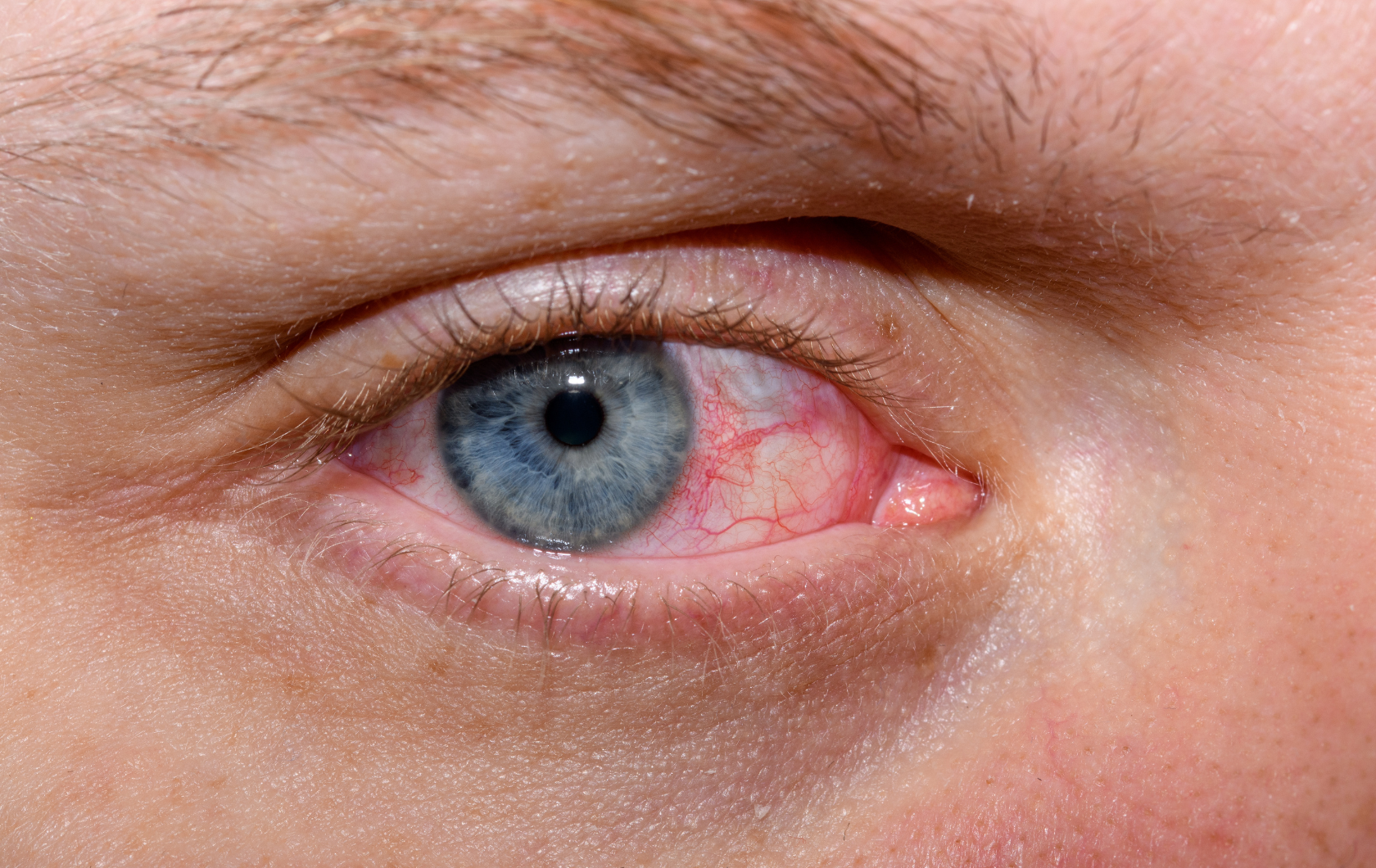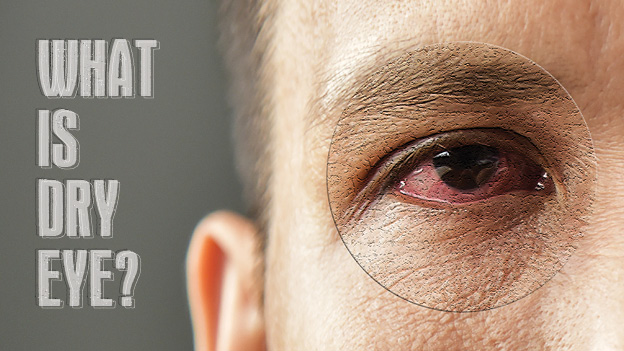Dry Eye Disease: Causes, Symptoms, and Treatment
Dry eye disease (DED), also known as dry eye syndrome, occurs when the eyes do not produce enough tears or when tears evaporate too quickly. This leads to irritation, discomfort, and potential damage to the eye’s surface. It is a common condition that can affect people of all ages.
🔍 Causes of Dry Eye Disease
✔ Tear Production Issues: Aging, hormonal changes, or medical conditions (e.g., diabetes, Sjögren’s syndrome) can reduce tear production.
✔ Increased Tear Evaporation: Exposure to wind, smoke, dry air, or excessive screen time can cause tears to evaporate too quickly.
✔ Meibomian Gland Dysfunction (MGD): Blocked oil glands in the eyelids prevent tears from staying on the eye’s surface.
✔ Contact Lenses & Eye Surgeries: Long-term contact lens use or LASIK surgery can contribute to dryness.
✔ Certain Medications: Antihistamines, antidepressants, and blood pressure medications can reduce tear production.
👁️ Symptoms of Dry Eye Disease
✔ Gritty, burning, or stinging sensation
✔ Redness and irritation
✔ Blurred vision, especially after screen use
✔ Sensitivity to light
✔ Watery eyes (a reflex response to dryness)
✔ Difficulty wearing contact lenses
If left untreated, chronic dry eye can lead to inflammation, corneal damage, and vision problems.


🩺 Diagnosis of Dry Eye
An eye specialist may use tests such as:
- Tear Break-Up Time (TBUT): Measures how quickly tears evaporate.
- Schirmer’s Test: Evaluates tear production levels.
- Meibography: Checks for blocked oil glands in the eyelids.
💊 Treatment Options for Dry Eye Disease
✔ Artificial Tears & Lubricating Eye Drops: Over-the-counter or prescription drops help keep eyes moist.
✔ Warm Compress & Eyelid Hygiene: Helps unblock meibomian glands and improves tear quality.
✔ Omega-3 Fatty Acids: Found in fish, flaxseeds, and supplements, these support healthy tear production.
✔ Lifestyle Changes: Reduce screen time, blink more often, and use humidifiers in dry environments.
✔ Prescription Medications: Anti-inflammatory eye drops (e.g., cyclosporine or lifitegrast) can help.
✔ Punctal Plugs: Tiny inserts placed in tear ducts to slow tear drainage and keep eyes moist.
🚀 Preventing Dry Eye
✅ Take breaks during screen time (20-20-20 rule: every 20 minutes, look 20 feet away for 20 seconds).
✅ Stay hydrated and eat a diet rich in omega-3 fatty acids.
✅ Avoid smoke, wind, and air-conditioned environments.
✅ Wear sunglasses to protect against sun and wind exposure.
✅ Practice good eyelid hygiene to prevent blockages in oil glands.